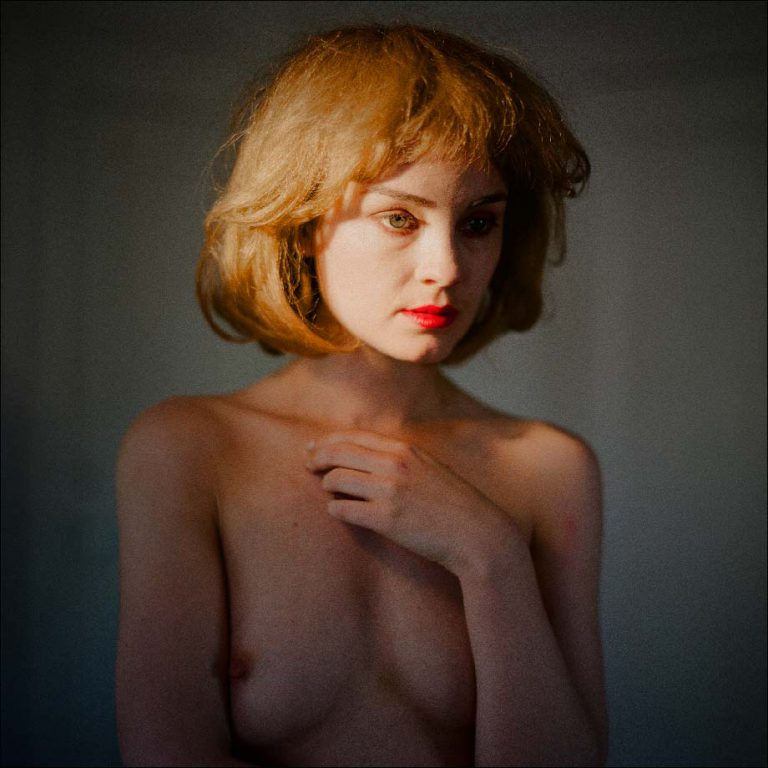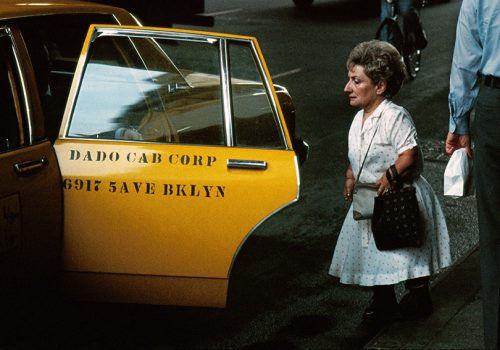The sensuality of a cabbage leaf, by Edward Weston
- Frank Willis

- Dec 22, 2020
- 2 min read

“Cabbage Leaf”, 1931.
© Edward Weston / Center for Creative photography / The University of Arizona Foundation / Adagp 2019.
A delicate drape? A Hellenic sculpture? A rock formation shaped by erosion? Edward Weston was still ecstatic in the early 1930s when describing his subject: "Like carved ivory, leaves with veins like flame, a curved shape like the most exquisite of seashells." He photographs cabbages in close-up, with absolute precision that both reveal their sensual beauty and inscribes them in the strange, in the abstract.
The f / 64 Group, of which he was one of the founders in 1932 in San Francisco, has been named in reference to the smallest possible diaphragm opening on a large format camera, which allows to obtain perfect sharpness with a large depth of field. A photography of reality which echoes the “straight photography” (or “pure photography”), launched on the East coast by Alfred Stieglitz or Paul Strand. It is about rejecting the pictorialism which, through the use of artifices, connects photography to painting.
Born not far from Chicago, Edward Weston chose California for its light, started a family there and opened his first studio. Already established, his reputation as a portraitist who plays with pictorialist techniques promises him a peaceful existence. But he refuses to spend hife serving clients who must be idealized, he needs passion, freedom and meaning for his work.
In 1922, gone are the days of professional comfort, family comfort and comfort at all. Edward Weston decides to live without concession his passion for photography, the real one, the pure one.
Returning from a stay in Mexico City, he begins his photographic series of plants, shells and nudes. “In the same way that his pictorialist photography had earned him an international reputation ten years earlier, his new research quickly gained him an audience of admirers,” explains Terence Pitts, former director of the Cedar Rapids Museum of Art, in the beautiful book devoted to Weston publisched by Taschen.
In 1937, he was the first photographer to receive a grant from the Guggenheim Foundation, which rewards experimental approaches. This frugal, bohemian, athletic and vegetarian man has often said that he would have liked to “live in a small shack, somewhere in the desert or in the wilderness”, away from commercial constraints. To his sister, he writes: “I have found a way to live and work (creatively) without wasting precious time making a living.” His way of living: be satisfied with the essentials.


Comments